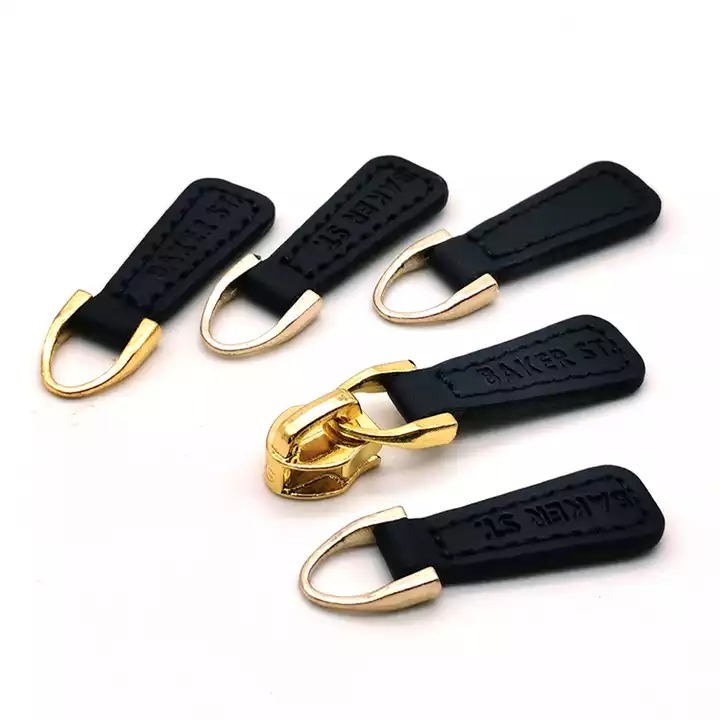Zippers are a common and essential component of clothing, bags, and various other products. They come in different types and styles, each serving a specific purpose. Two popular zipper options are separating zippers and two-way zippers. In this article, we will explore the differences between these two types of zippers, particularly in the context of custom zippers. We will examine their characteristics, functionalities, and discuss the viewpoints surrounding their usage.
1. Separating Zippers:
Separating zippers, also known as open-ended zippers, are designed to be completely separable. They consist of two strips of interlocking teeth with a slider mechanism that allows for easy opening and closing. These zippers are commonly used in jackets, coats, hoodies, and other garments where the front or back needs to be opened entirely. The slider can be completely detached from one end of the zipper, allowing the two sides to separate completely.
2. Two-Way Zippers:
Two-way zippers, also called dual zippers or double zippers, have two sliders that can move independently in opposite directions. They are often used in items that require adjustable or variable access points, such as bags, backpacks, tents, and outerwear. Two-way zippers enable the opening and closing of the zipper from both the top and bottom ends, providing flexibility and convenience for users.

3. Functionality Differences:
The key difference between separating zippers and two-way zippers lies in their functionalities. Separating zippers are primarily used for complete separation of two sides, allowing easy donning and removal of garments like jackets or coats. On the other hand, two-way zippers offer the flexibility of opening and closing from both ends, allowing users to adjust the opening size according to their preference or specific needs.
4. Customization Options:
Custom zippers provide opportunities for personalization and branding. Both separating zippers and two-way zippers can be customized with various options. For example, custom pull tabs or custom zipper sliders can be added to enhance the appearance and functionality of the zippers. Custom zippers can also be color-matched to the product or feature personalized logos or designs, making them unique and reflective of the brand or individual style.
1. Usage Considerations:
When deciding between separating zippers and two-way zippers for a particular product, several factors need to be considered:
a. Purpose: Determine the intended function of the zipper and whether complete separation or adjustable access is required.
b. Product Type: Consider the type of item the zipper will be used on, such as clothing, bags, or outdoor gear, and evaluate which zipper style aligns better with the product's design and functionality.
c. User Experience: Assess the user's needs and preferences. If the user may require different opening sizes or adjustability, a two-way zipper might be more suitable.
5. Viewpoints and Applications:
The choice between separating zippers and two-way zippers largely depends on the specific requirements of the product and the desired user experience. Separating zippers are favored in garments where full separation is necessary, such as jackets or coats. On the other hand, two-way zippers are commonly used in applications where adjustable access points are beneficial, like bags or outdoor gear. Each zipper type offers its own advantages and contributes to the overall functionality and aesthetics of the product.
Separating zippers and two-way zippers are two distinct types of zippers, each with its own purpose and functionality. Separating zippers provide complete separation of two sides and are commonly used in garments, while two-way zippers offer the flexibility of adjustable access and are often found in bags and outdoor gear. Customization options for both zipper types allow for personalization and branding opportunities. When selecting between separating zippers and two-way zippers for a specific product, considering the purpose, product type, and user experience is essential. By understanding the differences between these zipper types, manufacturers and designers can make informed decisions to enhance the functionality and aesthetics of their products.


